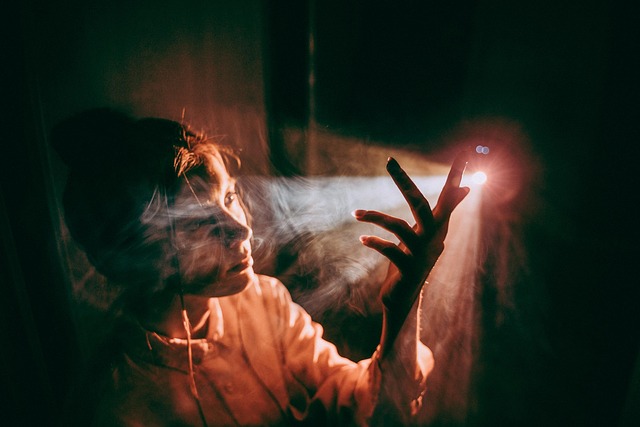Shining Light on Shadows: A Guide to Harnessing Lighting Effects
In the realm of lighting, shadows are often misunderstood. Rather than mere absences of light, they are powerful elements that add depth, texture, and emotion to any space. Whether you walk into a cozy living room or an expansive art gallery, it’s the interplay between light and shadow that shapes your experience and perception.
When used intentionally, shadows become storytellers. They define contours, enhance architectural details, and create atmospheres—from the soft intimacy of a candlelit dinner to the dramatic suspense of a stage play. Shadows invite the eye to explore, to discover hidden nuances that plain illumination might overlook.
Consider the art of chiaroscuro, utilized by painters for centuries to evoke emotion and focus attention. This technique relies on the balance of light and shadow to create striking contrasts and dimensionality. In lighting design, embracing shadows allows you to sculpt your environment rather than merely flood it with brightness.
Harnessing shadow effectively starts with understanding your light sources. Directional lighting, such as spotlights, casts crisp shadows that sharpen edges and highlight textures. Soft, diffused lighting, on the other hand, produces gentle shadows that smooth the transition between light and dark, cultivating warmth and comfort.
Shadow can also influence mood profoundly. Strong shadows tend to evoke mystery and drama by concealing parts of the scene, inviting curiosity and interaction. In contrast, minimal or soft shadows often suggest openness, clarity, and tranquility. Deciding the emotional tone you wish to create guides how you manipulate shadows in your space.
Architects and interior designers often play with shadow to transform ordinary spaces into dynamic experiences. A strategically placed window can cast elongated shadows that move and change throughout the day, turning light into living art. Similarly, textured surfaces like blinds, foliage, or decorative screens create playful shadow patterns that breathe life into stillness.
Finally, don’t overlook the psychological aspect of shadows. Humans instinctively react to the interplay of light and dark; shadow offers a sense of refuge and privacy while maintaining connection to the illuminated world. Thoughtful lighting design that embraces shadow acknowledges these deep-rooted responses, making spaces feel both secure and inviting.
In every corner of lighting design, shadow holds untapped potential. When you stop fearing the dark spots and start embracing their reason, your creations gain richness, balance, and character. Remember, light alone can illuminate, but shadow brings the story to life.




